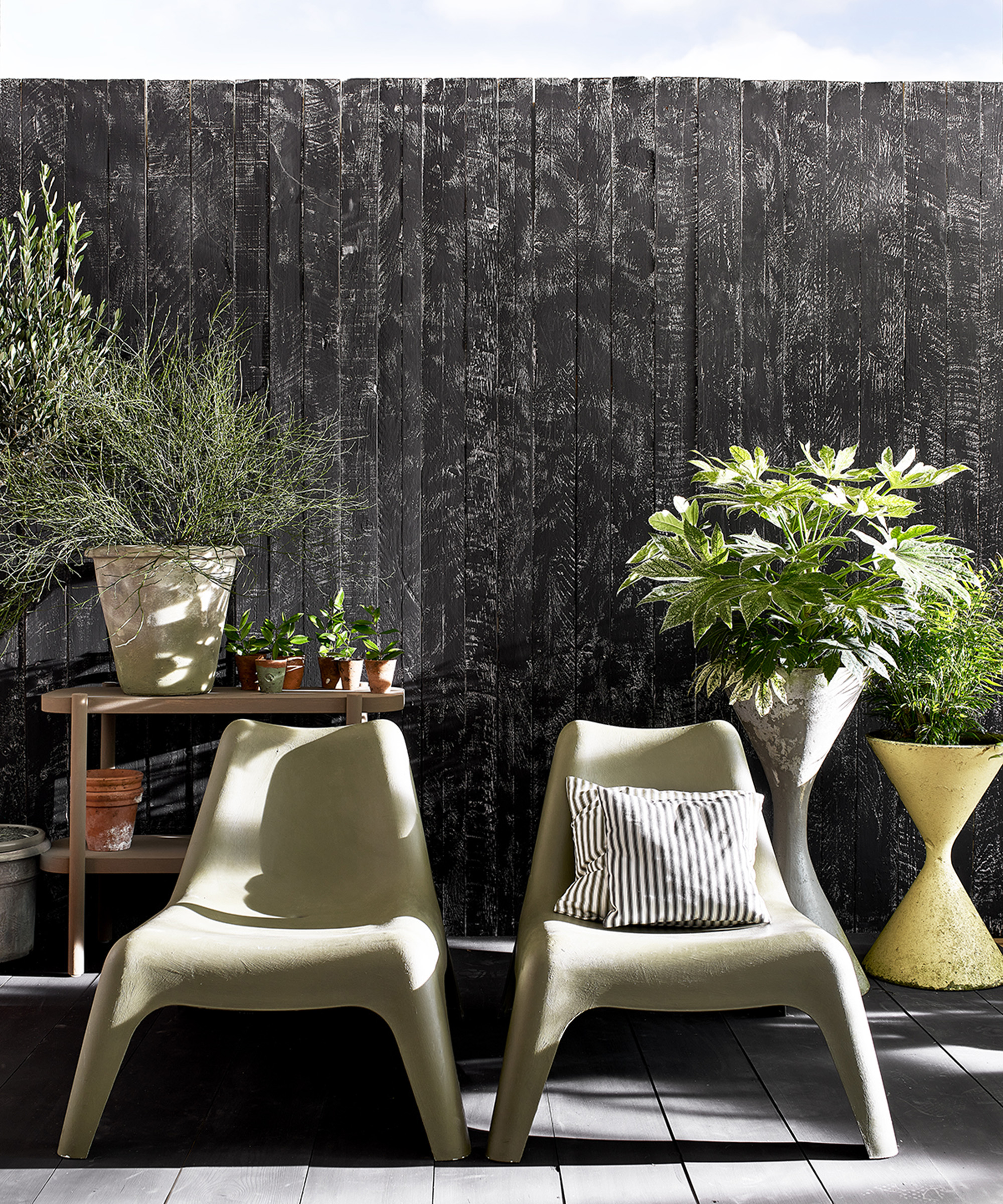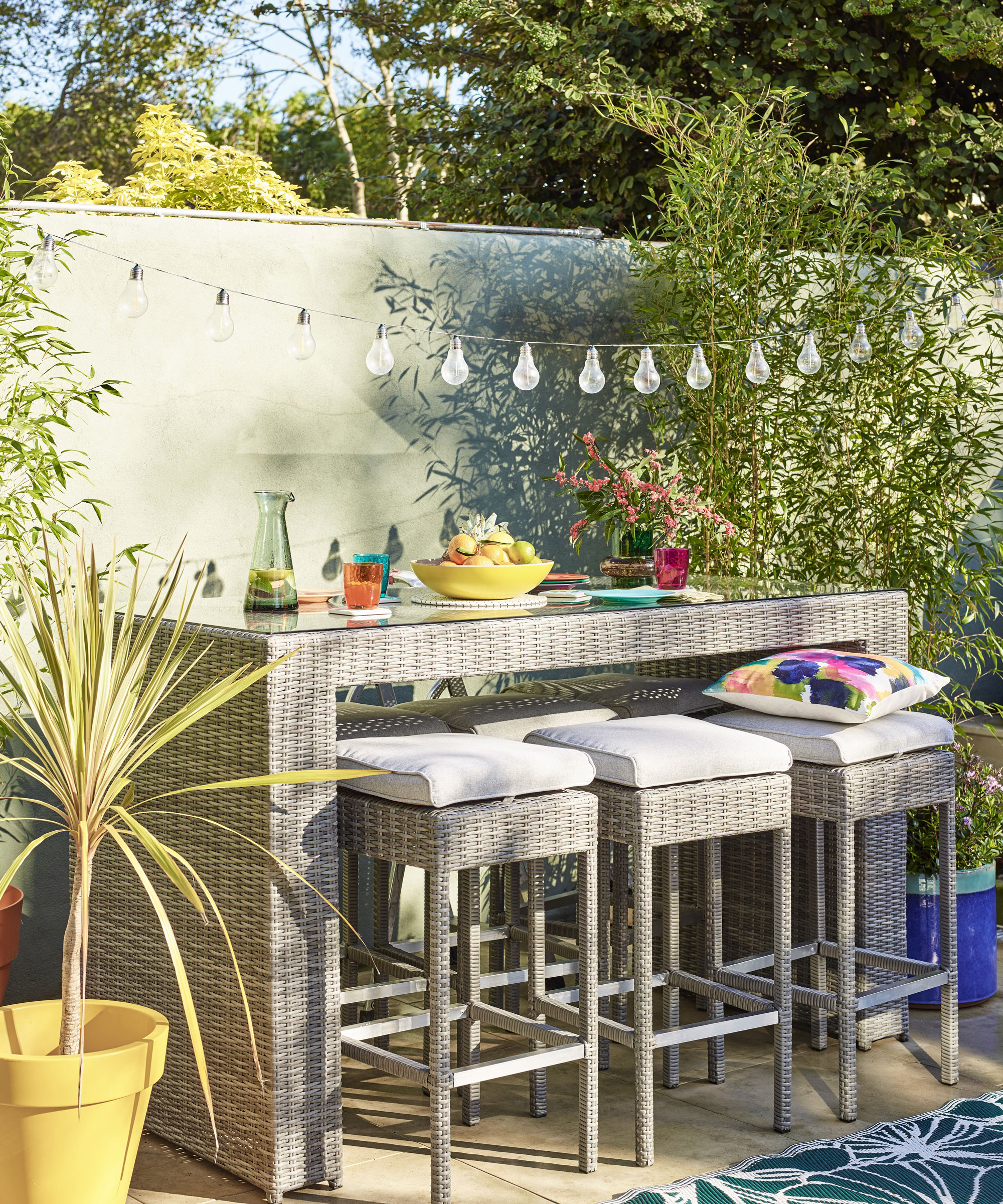Experts warn against using crockery in your planters – here's why
The time-honored trick may be harming your greenery – this is what you should do instead


Using crockery in your planters is a myth that refuses to die, but you may be doing more harm than good, according to the experts.
It may be a popular belief that reusing shards of crockery in pots will act as a safe garden drainage solution; however, using your preloved dinner set is not the best way to assist drainage. Here's why you may need to rethink the myth this springtime, according to those in the know.
What is the crockery myth?

Some gardeners believe that putting shards of crockery into the base of garden planters will allow the water to move more smoothly. This would supposedly make the soil more porous, as the holes aren't clogged due to excessive compost. However, expert Robert Frankson from Wild Yards refers to recent studies that suggest this assumption isn't true.
Why you should avoid using crockery for drainage

Robert recommends re-evaluating your container gardening ideas – to avoid using this age-old method in your contemporary space.
'This ancient practice has no benefit to the growth of the plant. Instead, researchers say it may even cause a blockage due to the hindrance. They urge gardeners to adopt more effective habits,' he says. And Robert is not exclusive in his warning.
'Adding gravel and other coarse materials can impair your plants' drainage instead of helping it,' adds the founder of GardenTroop, Arthur Reeves. The expert adds that using this technique increases the risk of overwatering – as water can not easily move within fine-textured materials.
'As a result, the water will sit in your soil for periods before completely draining to your gravel,' Arthur explains.
What should you use instead?

If you're turning away from this old landscaping idea, then fear not. There are alternatives that are much better for your planting.
For example, Robert suggests that a better practice is to add a layer of sand before planting a sapling. 'That's because water drains and gathers below, which can be used as a reserve by the plant in hot weather,' he says.
Are you convinced it's time to rethink the crockery method and bring a new technique into your pots and planters?
Megan is the News and Trends Editor at Homes & Gardens. She first joined Future Plc as a News Writer across their interiors titles, including Gardeningetc, Livingetc, and Real Homes. As the News Editor, she often focuses on emerging microtrends, sleep and wellbeing stories, and celebrity-focused pieces. Before joining Future, Megan worked as a News Explainer at The Telegraph, following her MA in International Journalism at the University of Leeds. During her BA in English Literature and Creative Writing, she gained writing experience in the US while studying in New York. Megan also focused on travel writing during her time living in Paris, where she produced content for a French travel site. She currently lives in London with her antique typewriter and an expansive collection of houseplants.

